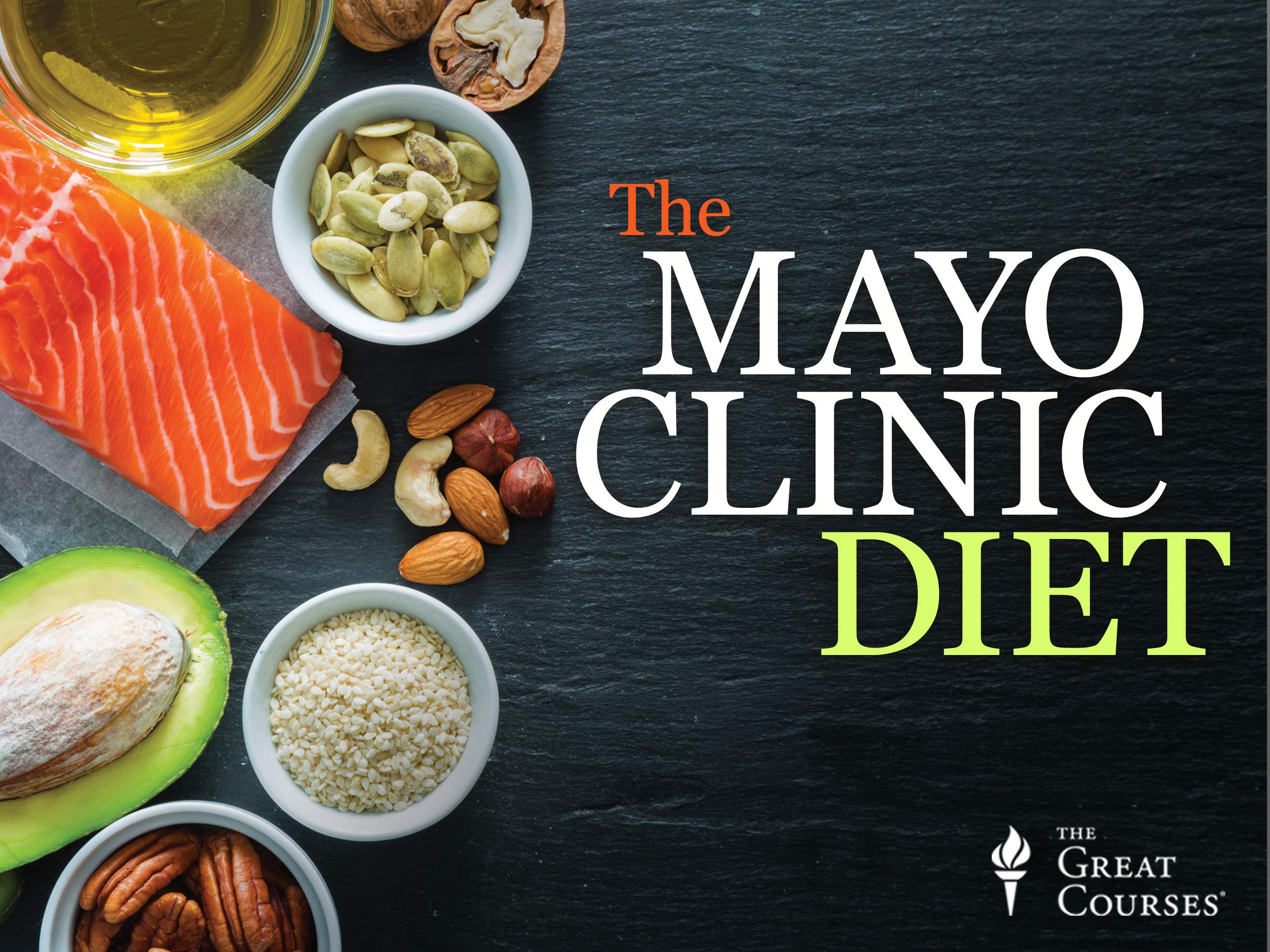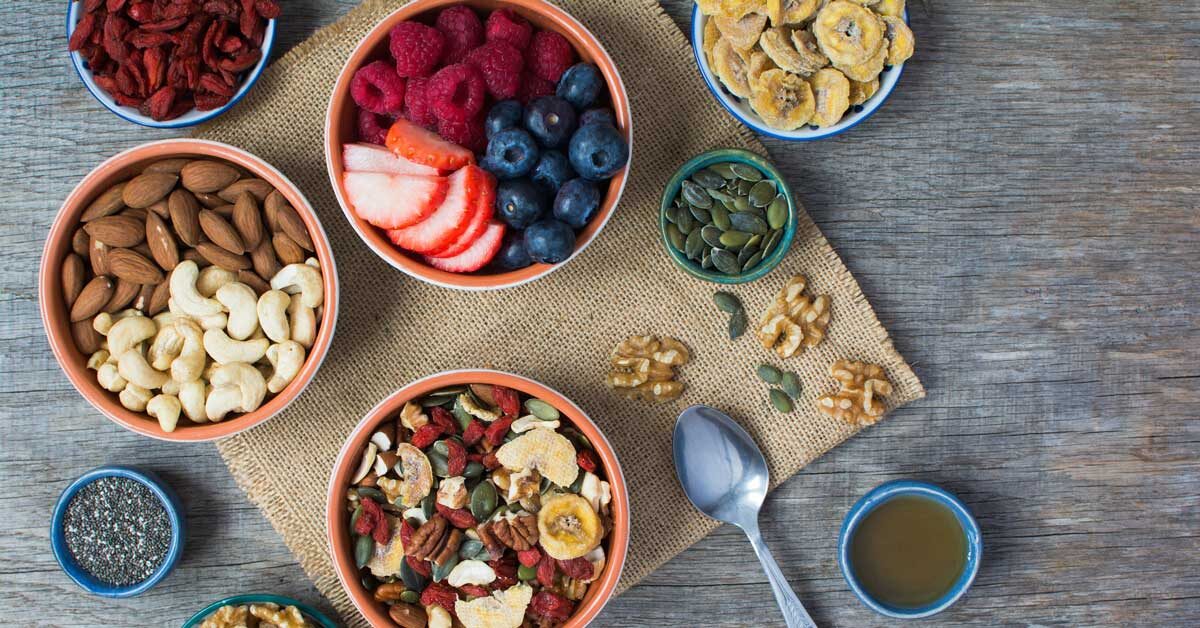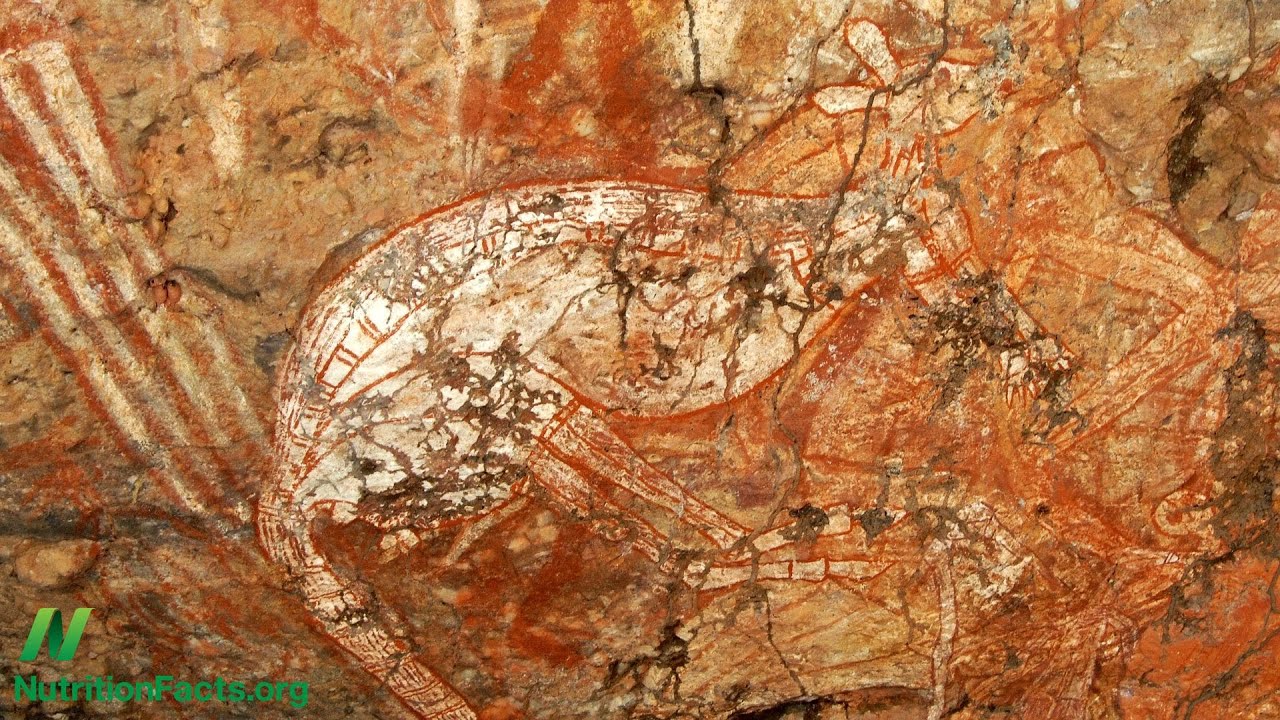
The paleo diet emphasizes eating food that our ancestors would have eaten. This diet includes food such as apricots and dried pumpkin seeds. It also includes sweet potatoes, chicken, and vegetables. Although the paleo diet may seem restrictive, EatingWell believes in the importance of certain foods. Here's a discussion on which foods you can eat while still following a healthy eating plan.
Pola Makanan Paleolithic Manusia
Christina Warinner, Ph.D., studied pola makan manusia purba and mitos-mitos pola makanan paleolithic manusia in 2010. She revealed that manusia Paleolithic manusia consumed large quantities of daging, and ate all types of meat. Although this myth was believed widely by paleolithic people it is now outdated and irrelevant.
Diet paleo, also known as the diet of the manusia gua, is a way to eat similar to what manusia gua and man used to eat. They help preserve their heritage and improve their kesehatan. But, not everyone can eat this diet. This diet is not recommended for everyone.
Two types of kelompokan are used to make the Ramasokat's lukisan: ceruk or lukisan. They were cultivated in Liabalano as well as Sulawesi Tenggara. The lukisan gua consists of a mixture protein, fat, and carbohydrate. These nutrients support healthy living. They may also help us understand the details of human evolution.

The modern diet has many benefits, but it also comes with risks. People who eat foods richer in nutrients like those found in Paleolithic Era have a higher risk of developing diseases. A healthy diet will reduce your risk of developing diseases. Clean Eating can help you eat healthier. Eating this way has obvious benefits. A low-fat diet can improve your health and prevent you from becoming sick.
Paleolithic diet foods
A lot of processed foods contain added sugars and vegetable oils. These can have a negative impact on your health. The excess salt and refined sugars that are found in processed foods can lead to obesity. Heart disease can also be caused by high levels of salt. The American Heart Association recommends that vegetable oils be replaced with canola oil by using safflower oil or corn oil. These oils contain high amounts of omega-6 fat acids.
Many commercial paleo diets restrict dairy products to a minimum, while others have stricter restrictions. A paleolithic diet allows for lean pork loin, roasted chicken, onion and carrot stuffing, as well as steamed broccoli. Other paleo diet plans allow little honey or maple syrup. Research on the health benefits of this diet is mixed.
The high levels of phytotic acid found in legumes is something paleo enthusiasts recommend you avoid. These substances prevent the absorption and utilization of essential minerals. In some cases, however, they may be allowed. Although it can be tempting for some to eat legumes or potatoes, it is not advised to do this as often as with other processed foods. Instead, include lots of fruits and veggies in your daily meal plans.
Guidelines for eating a paleolithic meal
Although they differ greatly from the standard modern diet, the Guidelines for Eating Paleolithic Diet have the same basic principles. The Paleolithic diet was primarily made of animal products. However, it is also rich and varied in plants. There are very few restrictions. However, it is important to note that you may not be genetically suited for the diet, and that the higher meat consumption may not be healthy. It is important to be cautious if Paleolithic living might suit you.

Dairy products are the most popularly excluded food groups on the Paleolithic diet. This could put you at risk of nutritional deficiency. Tooth decay is caused by calcium deficiency. Calcium also plays a key role in blood Clotting and Muscle Contracting. Whole grains lower the risk of type 2 diabetes, stroke, heart disease, as well as stroke. However, since grains were virtually eliminated, you might be at high risk for calcium deficiency.
There are many principles that guide Paleolithic food choices. It emphasizes eating healthy foods and nutrient-rich plants. It also limits processed foods. It is important that you follow the guidelines to ensure that you don't go overboard. Every person is unique and a paleolithic diet will be different. It is important to understand that the Paleolithic diet is based on a lifestyle that was prevalent 10,000 to 12,000 years ago.
FAQ
Which method is best to learn how to cook?
Cooking is one of those things that everyone should know how to do. You'll miss out on delicious meals if your skills are not up to par. The first thing you need to do when learning to cook is to find a recipe that you like and follow it closely. Next, practice making small tweaks to the recipe until the dish is your own. Try cooking for others. You will learn a lot and be able to show off your cooking skills.
What skills will I need to be able to go to culinary school?
You will need to know how to cook, understand food safety regulations, and be able work under pressure in order to become a chef. Cooking classes can be taken at high schools and community colleges to learn the basics of cooking. Once you have mastered the basics of cooking, you will need to find work in a restaurant and catering company.
What are the qualifications to be a chef?
A bachelor's degree in culinary art is necessary to become a professional chef. You will also need to pass several tests administered by ACF. After completing these requirements, you will be awarded a certificate that confirms your qualifications.
Statistics
- On average, chefs earn $58,740 a year, according to the BLS. - learnhowtobecome.org
- under 10 Kids have been taught that there is special food just for them, and Fiese says that 10 percent of kids will throw a tantrum if they don't get the food they want. (washingtonpost.com)
- The median pay for a chef or head cook is $53,380 per year or $25.66/hour, according to the U.S. Bureau of Labor Statistics (BLS). (learnhowtobecome.org)
External Links
How To
How to cook a steak
The type of meat you are cooking will determine the right method to use. Thicker steaks should be cooked over low heat. Thicker steaks will need to cook at higher temperatures.
They will lose their flavor if they are overcooked. Remember to take your steak out of the oven when it's done. You won't burn.
Cooking time will depend on the size of your steak and the desired level of doneness. Here are some general guidelines.
Medium Rare: Cook the meat until it reaches medium rare (63°C). This takes between 3 and 5 minutes per side.
Medium: Cook till medium. This usually takes only 6 minutes per side.
Good Cooking: Cook the meat until it is done. This means that the internal temperature reaches 180F (82C). This can take between 8-12 minutes per side.